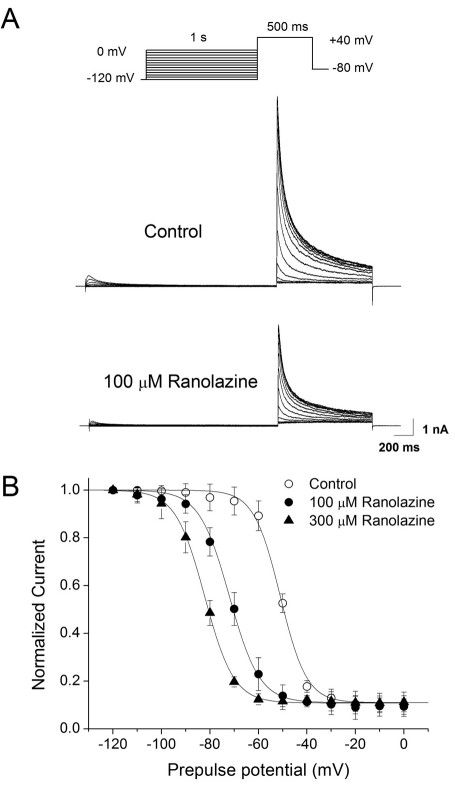- Home
-
Screening
- Ionic Screening Service
-
Ionic Screening Panel
- Ligand Gated Ion Channels
- Glycine Receptors
- 5-HT Receptors3
- Nicotinic Acetylcholine Receptors
- Ionotropic Glutamate-gated Receptors
- GABAa Receptors
- Cystic Fibrosis Transmembrane Conductance Regulators (CFTR)
- ATP gated P2X Channels
- Voltage-Gated Ion Channels
- Calcium Channels
- Chloride Channels
- Potassium Channels
- Sodium Channels
- ASICs
- TRP Channels
- Other Ion Channels
- Stable Cell Lines
- Cardiology
- Neurology
- Ophthalmology
-
Platform
-
Experiment Systems
- Xenopus Oocyte Screening Model
- Acute Isolated Cardiomyocytes
- Acute Dissociated Neurons
- Primary Cultured Neurons
- Cultured Neuronal Cell Lines
- iPSC-derived Cardiomyocytes/Neurons
- Acute/Cultured Organotypic Brain Slices
- Oxygen Glucose Deprivation Model
- 3D Cell Culture
- iPSC-derived Neurons
- Isolation and culture of neural stem/progenitor cells
- Animal Models
- Techinques
- Resource
- Equipment
-
Experiment Systems
- Order
- Careers
Kv4.3
Potassium voltage-gated channel subfamily D member 3 (Kv4.3) is a protein that in humans is encoded by the KCND3 gene. It contributes to the cardiac transient outward potassium current (Ito1), the main contributing current to the repolarizing phase 1 of the cardiac action potential. Kv4.3 is a member of the Shal family of Kv channels and generates a rapidly activating and rapidly inactivating current, contributing to the transient outward K+ current in the heart.
This channel may be an important therapeutic target for certain anti-arrhythmic drugs.

Fig. 1 Effect of ranolazine on steady-state inactivation of Kv4.3
Creative Bioarray provides manual and auto patch clamp functional assay to evaluate drug's inhibition or potentiation effect on Kv4.3 channel. In this assay, HEK293-Kv4.3 cells are used to specifically assess the effect of test compounds.
Here at Creative Bioarray, Kv4.3 analysis is included in our CiPA service package, and for its target-specific screening, we provide manual or automated patch-clamp recording services to determine your drug effects on Kv4.3. To test the potential Kv4.3 drug target, you can customize your projects and contact our experienced scientists.
Reference
- Jeong I, et al. Effects of fluoxetine on cloned Kv4. 3 potassium channels. Brain Res. 2013; 1500: 10–18.
Related Section
Inquiry

